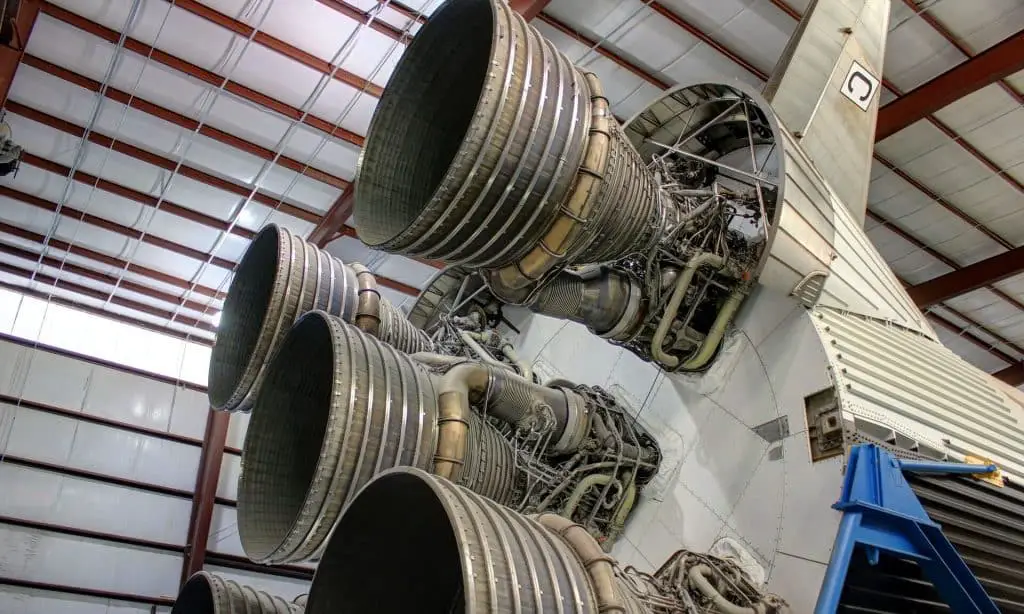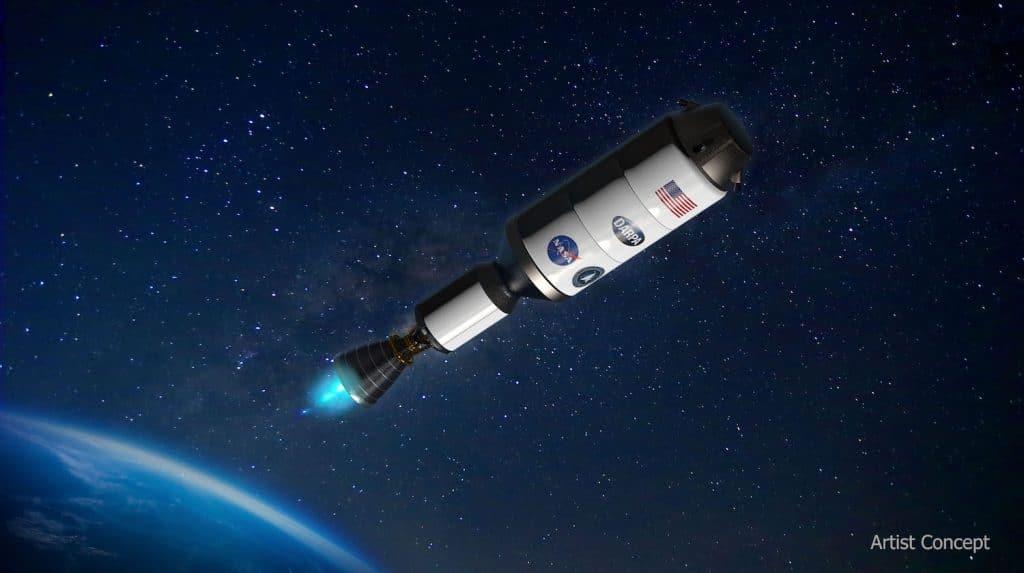Is the ion thruster the first thing we imagine when we think of space rockets? Definitely not. The first thing that comes to mind is the classic vector chemically propelled, a constant in the collective imagination of films, TV series but in general all entertainment media and beyond. In fact a fairly “primordial” way to conceive a propulsion if you think about it, the vector goes up through the counter reaction of the downward thrust of a “controlled explosion” of propellant. From an engineering point of view we can conceive this method as the riskiest, considering that it is the main reason for failed tests in the history of world space.
Why are they inefficient?
Chemical propellant is of course, as already specified, extremely dangerous in terms of reliability. The reaction between fuel and oxidizer must be carefully controlled. Any malfunction leads to devastating explosions. Not to mention the extreme stress to external variables during takeoff such as: vibrations, high temperatures and dynamic forces.
We must not forget the strong environmental pollution caused in particular by hypergolic propellants (when there is natural contact between fuel and oxidizer), which cause profound and not negligible damage to the atmosphere.
The main factor, however, is the extremely high cost of a work of this type, considering the rigorous controls and the thousands of precautions that must be maintained in the design phase of development. All elements that the ion thruster can easily moderate.
Can we travel with ion thrusters at the moment?
The ion thruster has already been used in recent times, consequently the progress has been considerable and of considerable inspiration. They are used in particular in the fields of orbital adjustment, launch of probes and in general for missions that require a long use of energy (such as for example BepiColombo currently on its way to Mercury). It also seems interesting the opinion expressed by SpaceX to also use it for the new reusable rockets currently being developed testingbut already successful on many occasions.
Alternative in ion thrusters
There are many alternatives to the ion thruster, all equally valid and better than chemical thrusters, although certainly less efficient for several factors.
Hall effect thrusters, evolution of the ion thruster
THE Hall effect thrusters are still immature but constantly evolving in the field of electric space propulsion, used to correct satellite orbits, maintain positions and, more recently, for interplanetary missions. These systems use magnetic fields to accelerate ionized gas, producing a continuous but low-level thrust.
Advances in Hall effect thruster technology aim to further improve efficiency by increasing thrust power without sacrificing low propellant consumption. A promising area of development is the combination of these engines with nuclear reactors to provide enough power for deep space missions, such as trips to Mars.

“VASIMIR” Plasma Thrusters
THE plasma thrusters They are also similar to the ion thruster, in particular the variable impulse magnetoplasma thruster ( Therefore VASMIER), are an innovative space propulsion technology that uses plasma, an ionized gas, to generate thrust. This technology is promising for long-duration space missions, thanks to its high efficiency and the possibility of modulating the thrust according to the needs of the mission.
But where are we at?
The company Ad Astra Rocket Companyled by astronaut Franklin Chang-Díaz, is the lead developer of VASMIR. The company is currently working to make the engine operational, testing it under different conditions and planning its integration into future space missions.
THE plasma thrusters like VASMIR, represent a very promising technology for long-range space exploration, with the aim of making interplanetary missions more efficient and faster.

Nuclear thrusters
THE nuclear thrusters are the most practical alternative and do not offer significant engineering challenges, offering a combination of high efficiency and power. There are two main types of nuclear propulsion for space: nuclear thermal engines (NTP) and nuclear electric propulsion (NEP). Unlike other technologies, which still involved nuclear power in relation to plasma or gas, these launchers exploit only this thrust force.
They are twice as fast in leaving the atmosphere, and since they do not have a flammable material that is burned, they can last much longer, ensuring efficiency and reducing costs. So are they the future?

There is no shortage of choices
All these combined technologies should not be taken individually, but can be combined, as already mentioned, with the ion thruster. The challenges are considerable, but the results are just waiting for the team that has the courage to take them on, not only in the field of the ion thruster. The new Engineers will be crucial to be able to advance in this field, while waiting for the next pioneer to make “fast” space travel possible.
#Ion #Thruster #Frontier #Space #Travel